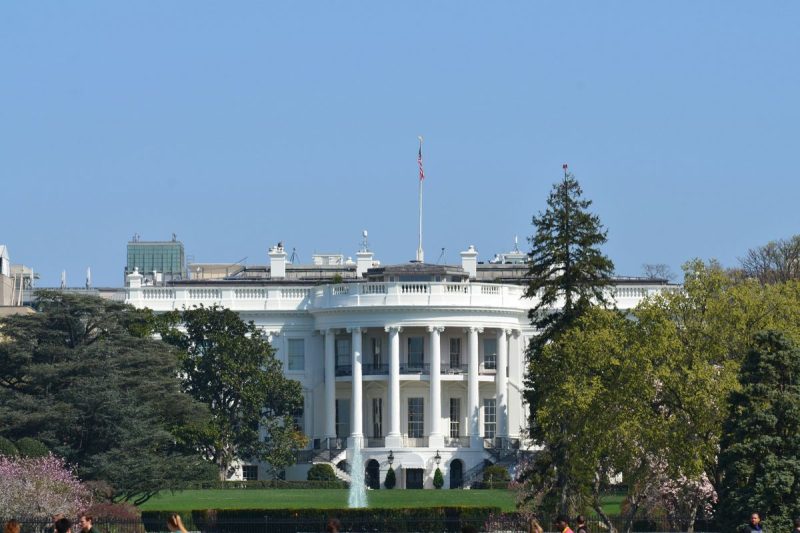The recent report from S&P Global on the mine development times in the U.S. compared to other countries sheds light on some significant disparities that exist on the global scale. The study reveals that the U.S. lags behind many other nations in terms of the time taken for mine development projects to progress from initial discovery to production. This delay can have implications for the domestic mining industry, impacting production levels, job creation, and economic growth.
One of the key findings of the report is that permitting processes in the U.S. are often more complex and time-consuming compared to certain other countries. The regulatory environment plays a crucial role in determining the speed at which mine development projects can move forward. Delays in the permitting process can stem from a variety of factors, including environmental concerns, stakeholder engagement, and legal challenges. Addressing these issues effectively is essential to streamline the development timeline and enhance the competitiveness of the U.S. mining sector.
Furthermore, infrastructure limitations in the U.S. also contribute to extended mine development times. The availability of transportation networks, energy sources, and water access are crucial for the successful operation of mining projects. Inadequate infrastructure can lead to delays in project execution, increased costs, and reduced operational efficiency. Investing in infrastructure development is, therefore, essential to support the growth of the mining industry and improve the overall competitiveness of the U.S. market.
In contrast to the U.S., several other countries have managed to streamline their mine development processes, leading to shorter project timelines and enhanced efficiency. Countries such as Australia, Canada, and Chile have implemented measures to expedite permitting procedures, improve infrastructure networks, and promote innovation in the mining sector. These proactive steps have enabled them to attract investment, create jobs, and drive economic development through the mining industry.
To address the challenges highlighted in the S&P Global report, policymakers in the U.S. need to prioritize regulatory reform, infrastructure investment, and stakeholder engagement within the mining sector. By streamlining permitting processes, improving infrastructure networks, and fostering collaboration between government, industry, and communities, the U.S. can create a more conducive environment for mine development projects. This, in turn, will help boost domestic production, support job creation, and stimulate economic growth in the mining sector.
In conclusion, the findings of the S&P Global report underscore the importance of addressing the factors that contribute to extended mine development times in the U.S. By learning from the experiences of other countries and implementing targeted reforms, the U.S. can enhance its competitiveness in the global mining industry. Efforts to streamline permitting processes, improve infrastructure networks, and foster stakeholder collaboration will be essential in unlocking the full potential of the domestic mining sector and driving sustainable growth in the years to come.

